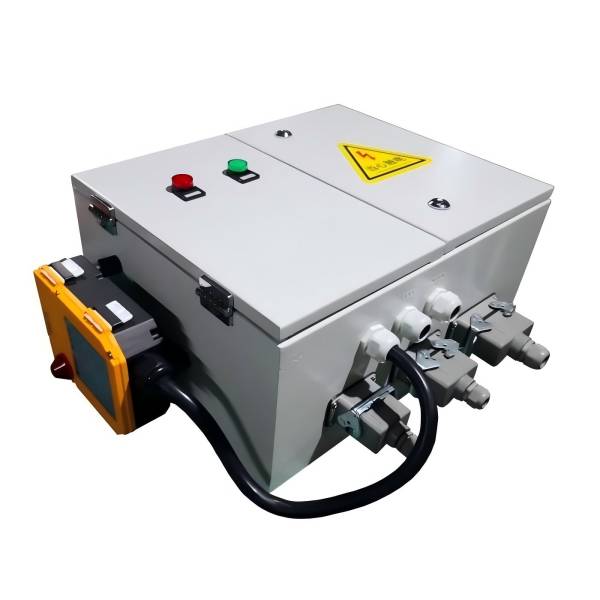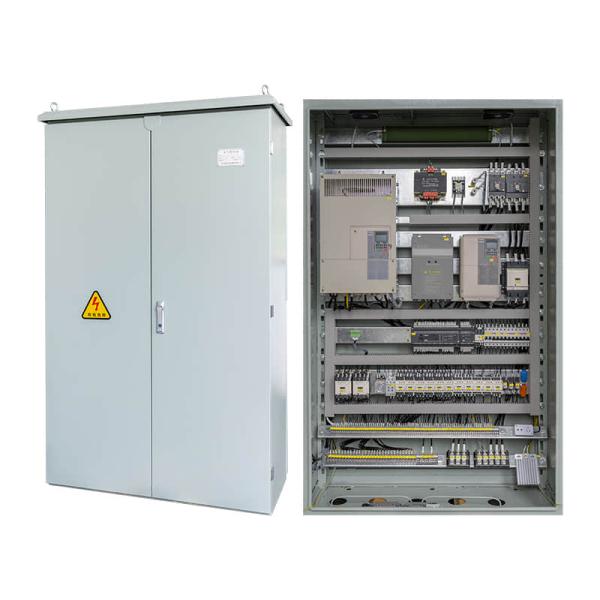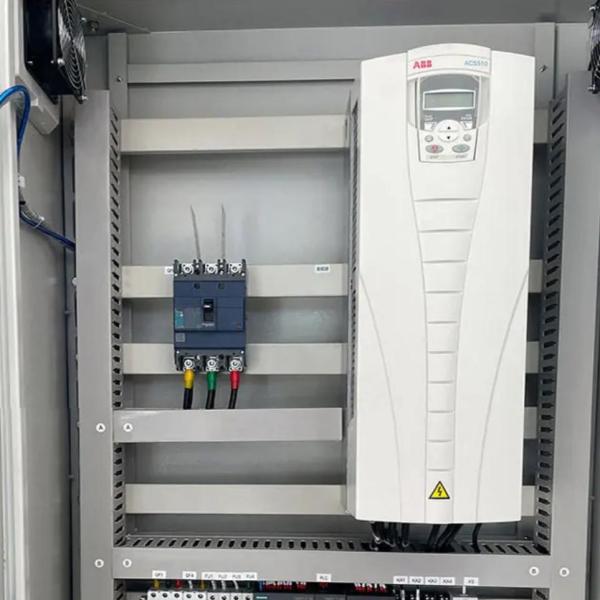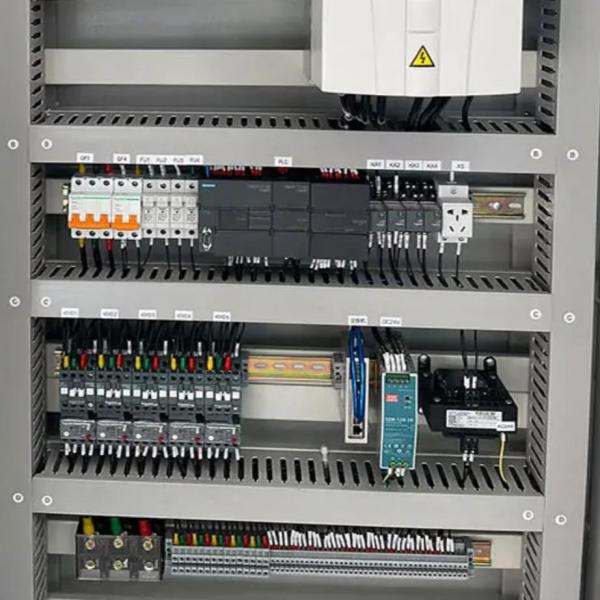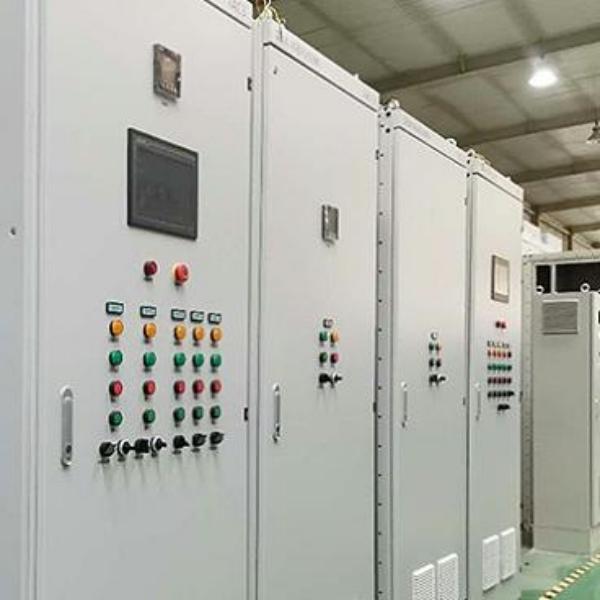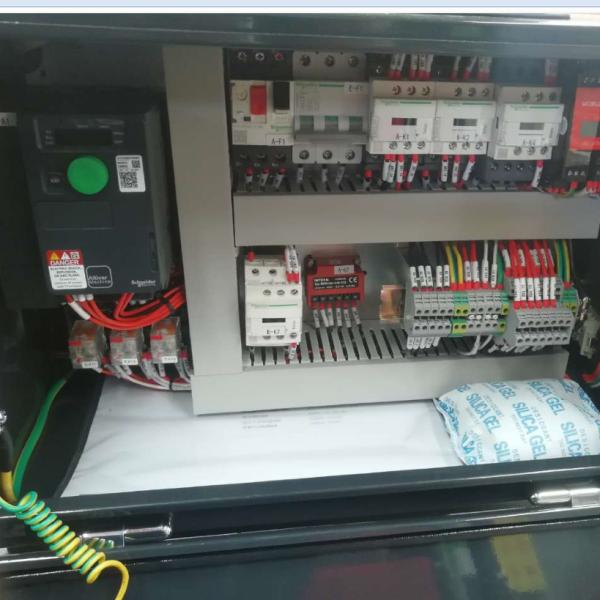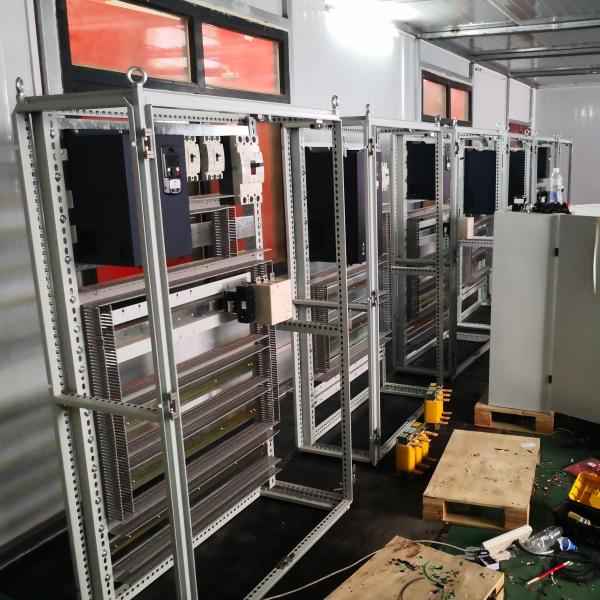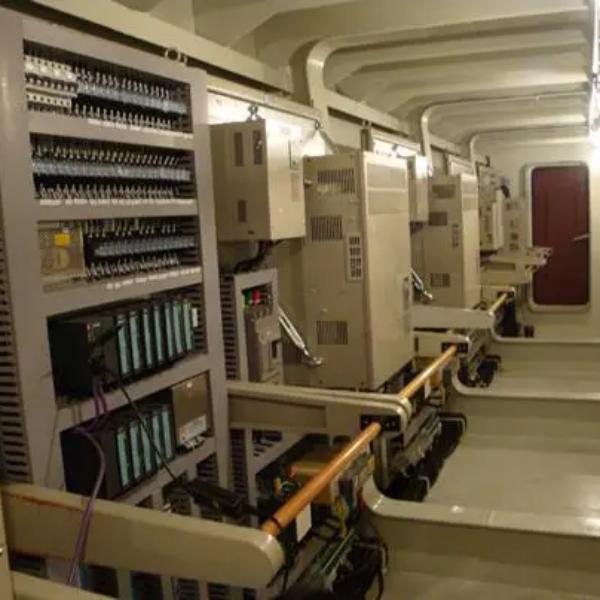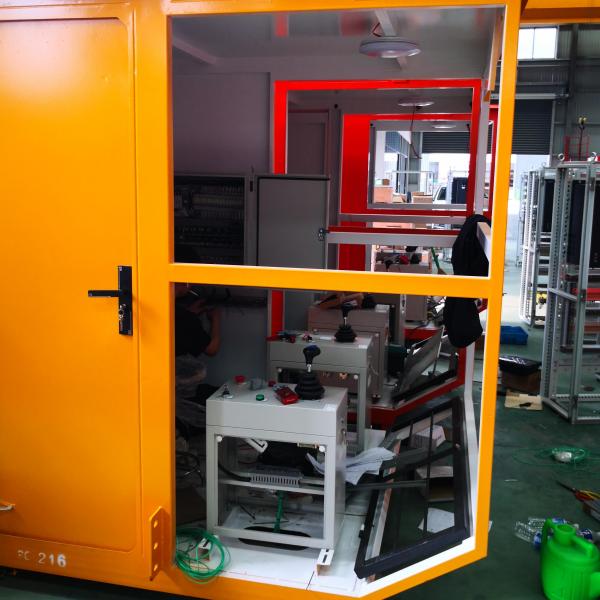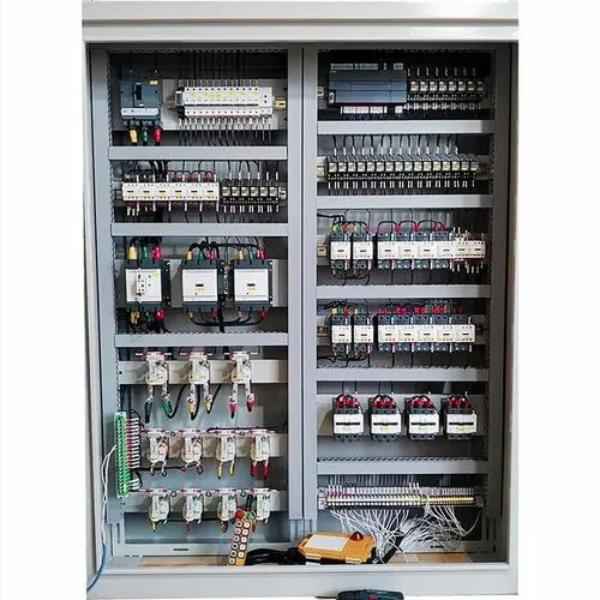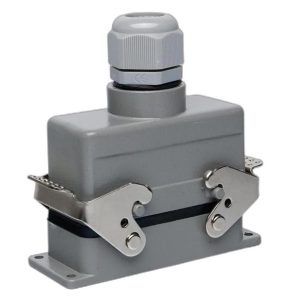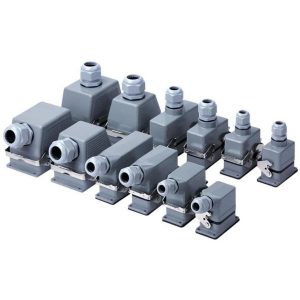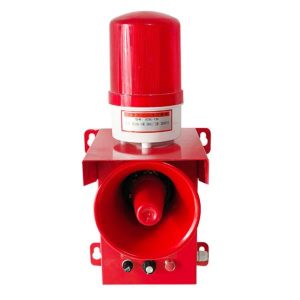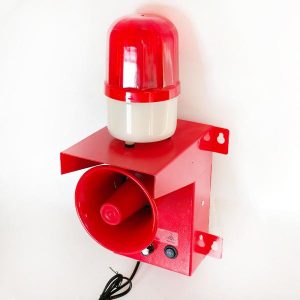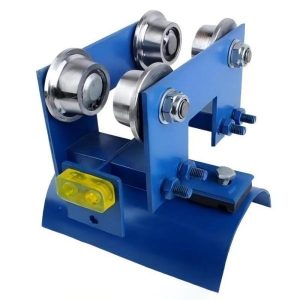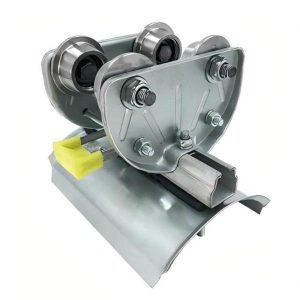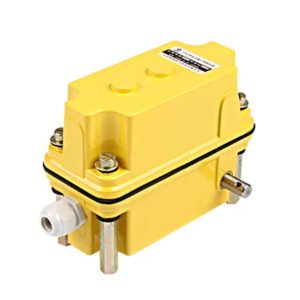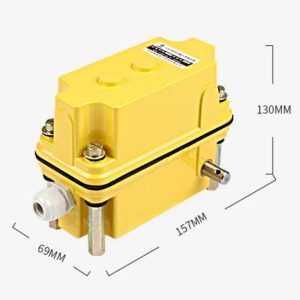Crane electrical control cabinet
Control cabinet,Power cabinet,Signal cabinet,Special cabinet,Data acquisition cabinet,Crane electrical control cabinet,electrical control cabinet,crane control cabinet
Introduction to Crane Electrical Control Cabinets
The Crane Electrical Control Cabinet is an essential component in the crane industry, designed to protect electrical components and regulate the crane’s operations. It ensures both safety and efficiency by integrating advanced electrical systems into a robust and well-organized structure.
Structure and Functions
The control cabinet consists of three main parts:
- Enclosure:
Constructed from bent and welded thin steel plates, the enclosure protects internal components and offers durability. - Electrical Components:
These include knife switches, AC contactors, overcurrent contactors, and fuses, all arranged on a frame structure for easy access and maintenance. - Connection Parts:
Wiring and connectors ensure seamless communication between components. Signal lights are mounted on the cabinet door to indicate system status.
The cabinet is designed to control high-power circuits with low-power logic using programmed sequences, replacing traditional mechanical cams and enhancing operational reliability.
Types and Classifications
Crane electrical control cabinets can be categorized based on their functions and installation locations:
- Control Cabinet:
Used for crane monitoring and operation, including motor control, limit protection, safety monitoring, and communication systems. - Power Supply Cabinet:
Provides power for the crane, incorporating cable interfaces, power switches, and fuses. - Signal Cabinet:
Handles signal transmission and reception, including sensors and control modules. - Specialized Cabinets:
Custom-built for specific crane requirements, such as explosion-proof, waterproof, or corrosion-resistant cabinets. - Data Acquisition Cabinet:
Gathers data such as current, voltage, speed, and temperature for monitoring and analysis.
Installation and Maintenance
To ensure optimal performance, follow these guidelines during installation and maintenance:
- Metal Connections:
Properly connect all metal parts, especially painted or anodized surfaces, using specialized contact pads. - Component Layout:
Arrange components logically, ensuring a minimum distance of 200mm between drives and sensitive electrical parts to minimize electromagnetic interference. - Environmental Conditions:
- Altitude: Below 2000m.
- Temperature: -30°C to +40°C.
- Humidity: ≤ 85%.
- Stability: Avoid areas with excessive vibration or jolting.
- Safety: Ensure the absence of explosive gases or vapors.
Importance in the Crane Industry
The Crane Electrical Control Cabinet plays a pivotal role in the industry by integrating complex circuit designs and advanced control systems. It ensures safe and efficient operation, allowing cranes to meet modern industrial demands.
Through its robust structure, categorized functionalities, and adherence to strict installation and working conditions, the control cabinet guarantees reliability in diverse applications.


